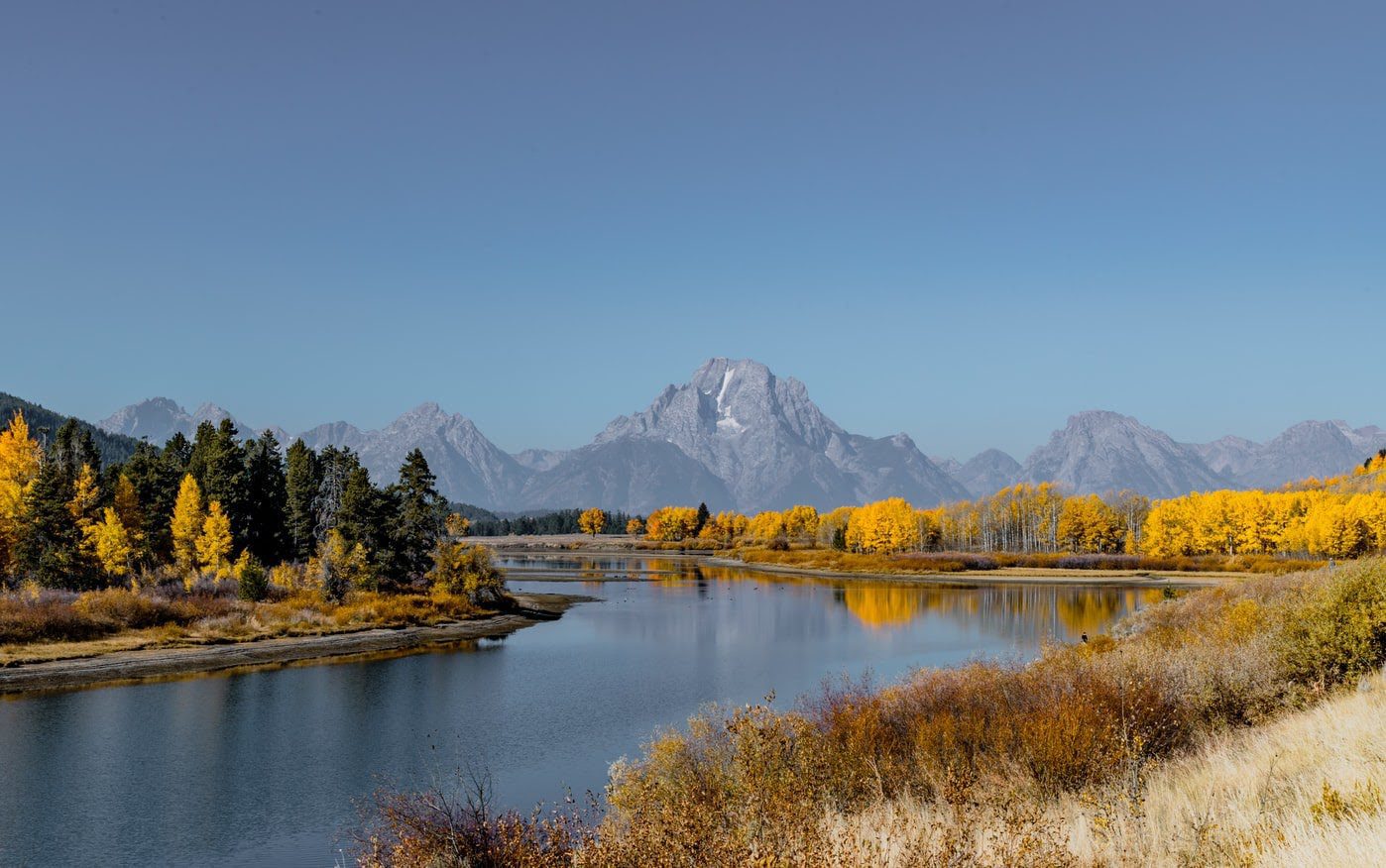In what is a sign of the tides on the conversation around the changing climate, Wyoming Governor Mark Gordon recently came out in support of addressing carbon pollution within the state. As Governor, Gordon has historically been among the old guard of skeptics, something that should come as no surprise when considering the fact that Wyoming 40 percent of the nation’s thermal coal energy supply. Despite the past, Gordon should be credited for altering his opinion in the presence of new evidence, and especially for his goal of steering the state towards net-zero emissions status by the year 2050. The Governor even went a step further, encouraging state lawmakers to help him on the path of “making Wyoming net-negative in CO2 emissions” during his opening remarks for the commencement of the annual legislative session.
Gordon’s administration will have a lot of work to do in the years ahead. According to a 2018 study from the U.S. Geological Survey that looked into national emissions from the year 2014, roughly a quarter of all American carbon emissions came from the extraction and combustion of fossil fuels on federal land. Wyoming was responsible for 57 percent of those emissions, with over 700 million metric tons of carbon dioxide released into the air. The state has made great strides in curbing that output since, with a 2017 estimate from the Rhodium Group stating that the total greenhouse gas emissions for the state were down to 67 million metric tons. Following the national trend, Wyoming’s coal production is quickly ramping down, with total coal output declining by as much as half over the last five years. Much of this is due to the changing economics of the power industry, where sources like renewable natural gas, wind and solar are becoming cheaper and cheaper. Additionally, while Wyoming has been head and shoulders above the rest of the nation in coal energy output, the state has been surprisingly forward-thinking in terms of renewables, ranking 19th nationwide for current combined wind and solar storage capacity by the American Clean Power Association.

Much of Gordon’s focus on addressing the emissions problem has revolved around the state’s robust carbon capture and storage infrastructure. Much like the name suggests, carbon capture and storage (CCS) operations are programs that siphon carbon emissions from coal plants and other sources with the intention of storing them. The stored gas is then either left in facilities or sold and utilized for a variety of purposes. For example, Exxon Mobil has used stored carbon mixed with natural gas from a field in LaBarge to stimulate old oil reservoirs. While critics may consider CCS as a concept to be a band-aid fix for an ongoing situation that requires constant attention, proponents like Gordon see it as a solution that could buy years of time for states like Wyoming that are still so heavily dependent on the coal industry for their economy. “It is an emerging policy directive,” says the Governor, who envisions the state as a trailblazer for the future of CCS development nationally. “The research that we have is getting us further along that path.’
Wyoming already has several industrial-sized carbon capture projects up and running, with hopes for more in the near future. Of the current facilities within the state, officials like Gordon take the most pride in the Integrated Testing Center (ITC) at Gillette’s Dry Fork Station. Since 2018 the facility has existed as a place for researchers to test carbon capture, utilization, and sequestration technologies under real-world conditions.
According to ITC Managing Director Jason Begger, the plant is the only place in the world for researchers to test their technologies at an actual functioning power plant, a factor that provides real-world conditions for greater accuracy of data. The center has been a host to several research agencies around the world. Clients range from Membrane Technology and Research, which was recently the recipient of a $64 million research grant from the Department of Energy (DoE), to Japan’s Coal Energy Center, an agency working at the behest of the Japanese government.
Beyond the ITC, Wyoming is looking into utilizing $15 million in DoE grant money to construct a carbon storage facility in Gillette that could hold as much as 50 million metric tons of gas at a time. If successful, the state will surely look towards building an array of similar projects and further reduce emissions in order to get increasingly closer to Gordon’s net-zero target.





